|
|
Alan Bedford-Shaw has reported a Franklin's Gull Leucophaeus pipixcan at sea between Mahe and St Anne on 20 April 2024. This is the second record of one of the more surprising vagrants to Seychelles, The species breeds in North America and migrates to South America. Like the first record, it is an adult in breeding plumage.
0 Comments
Rob Lucking and Adrian Skerrett have reported an Intermediate Egret Ardea intermedia at Northeast Point, Mahe.from 10-14 February 2024. SBRC has accepted three previous records of this species.
Jack Coupland of Island Conservation Society has reported a Black Kite Milvus migrans at Alphonse. from 2 February to 14 February 2024..SBRC has accepted 8 previous records of this species..
Annabelle Cupidon has reported an adult male Sooty Falcon Falco concolor at the IDC village, Assumption on 6 February 2024. The bird was also seen the same day by Elsa Pool and Joey Latsha. It was later seen at the same location on 9 February by Rob Lucking.SBRC has accepted 9 previous records of Sooty Falcon, but all immature birds.
Jack Coupland and Kaeleah Andrew have reported a Banded Martin Neophedina cincta
at the airstrip, Alphonse from 1 February 2024, found dead 6 February possibly due to collision with a plane. This is the first report of this species from Seychelles.. Elsewhere in the region there is a published report from Iles Glorieuses (Probst, J.-M. 2000. Première observation de l’Hirondelle à collier Riparia cincta dans la zone Afro-Malgache (île des Glorieuses). Bulletin Phaethon 11: 52 2000), but no details of identification were given. Therefore, this is the first documented report for the Indian Ocean region. Rob Lucking has reported a Black-tailed Godwit Limosa limosa at Pointe Larue, Mahe on 5 February 2024. SBRC has accepted 13 previous records of this species..
From top left to bottom right:: Aldabra 22-23 January (Annabelle Cupidon/SIF); Farquhar 24 January (William McNeely/ICS); Alphonse 22 January (Kaeleah Andrew/ICS); Alphonse 3 January (Alphonse); St Francois 31 January (Kaeleah Andrew/ICS); Desroches 18 January (Nasreen Khan). In January 2024, SBRC received an unprecedented number of reports of Northern Wheatear Oenanthe oenanthe from the outer islands of Seychelles. Reports came from the Amirantes (Desroches and Alphonse), Farquhar and Aldabra.
The timing of these sightings is similar to previous reports, being later in the season than other northern migrants. There is probably a good reason for this. Northern Wheatears breeding in Western Europe have spread to eastern North America in recent times while the Asian breeding population has spread to Alaska. However, all populations winter in Africa. Birds in eastern North America travel via Europe while those breeding in Alaska go the opposite way around the globe and cross the whole of Asia. So records in Seychelles are most likely to be eastern birds from as far away as Alaska. This is the longest recorded migration for any songbird. Kaeleah Andrew has reported a Pacific Swift at the south coast, Alphonse on 23-25 January 2024. SBRC has accepted 20 previous records of this species. However, what were once four races of one species have now been split. Two of these - Cook’s Swift and Salim Ali’s Swift - are extremely unlikely in Seychelles because they are not long-distance migrants. The only long-distance migrant of the four species likely to reach Seychelles is Apus pacificus However, Blyth’s Swift A. leuconyx also migrates to some extent and is a possibility. SBRC has retained all Seychelles records as Pacific Swift with a caveat that Blyth’s Swift cannot be ruled out. Compared to Pacific Swift, Blyth's Swift has a narrower rump patch and the white fringes to the underparts feathers distinctly less numerous or obvious. Dr Girish Menon has continued to build the list of species reported from Coëtivy, including sightings and photographs of the following , illustrated from left to right above:
Elena Leverato and William McNeely have reported a remarkable series of vagrant sightings from Farquhar. From top left to bottom right above, these are:
1. An adult female Amur Falcon on 29 November, a vagrant to the outer islands where there have been five records accepted by SBRC, three of them on Farquhar 2. An adult Broad-billed Roller on 4 December, a vagrant west of Aldabra recorded 34 times, including four times at Farquhar 3. An Oriental Pratincole from 11 November onward, present into December when joined by a second individual, the first record for Farquhar 4. A female Ruff on 29 November, recorded 42 times in Seychelles by SBRC, including once at Farquhar |
AuthorAdrian Skerrett Categories |
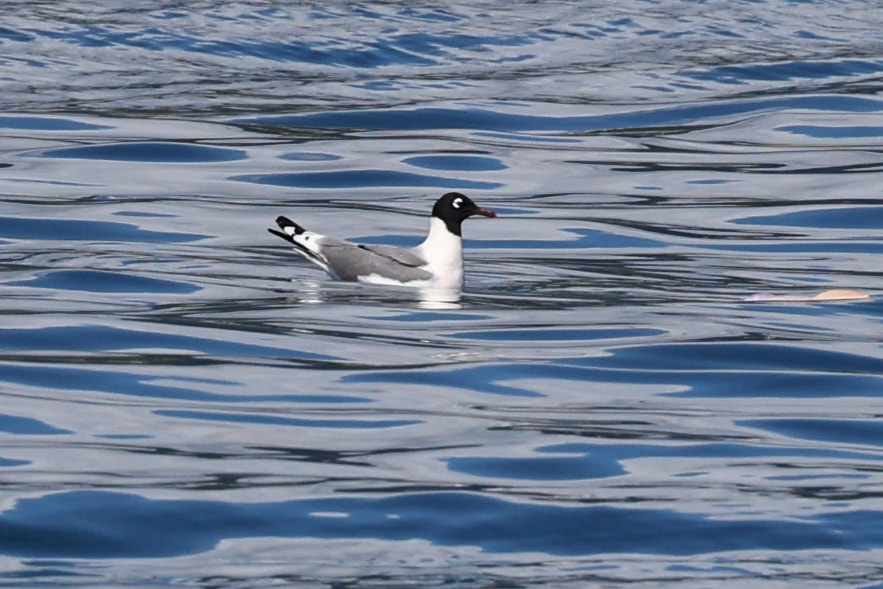
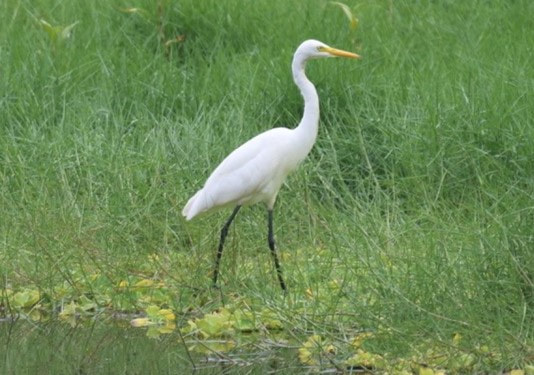
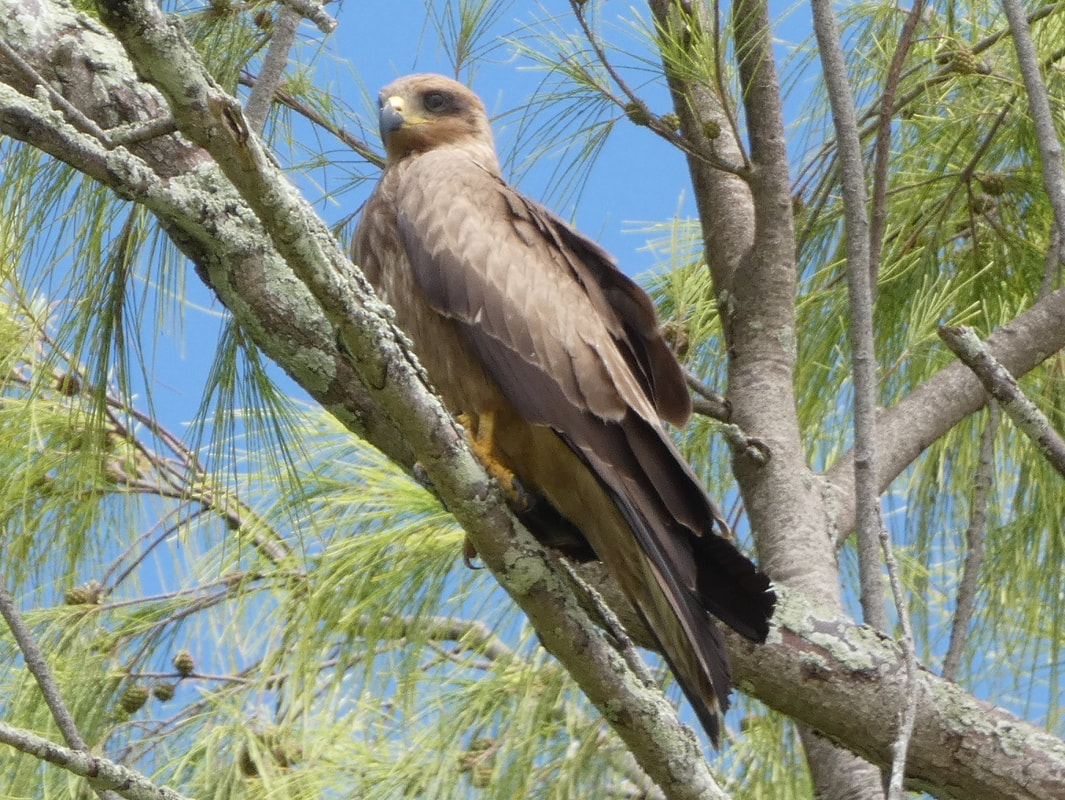
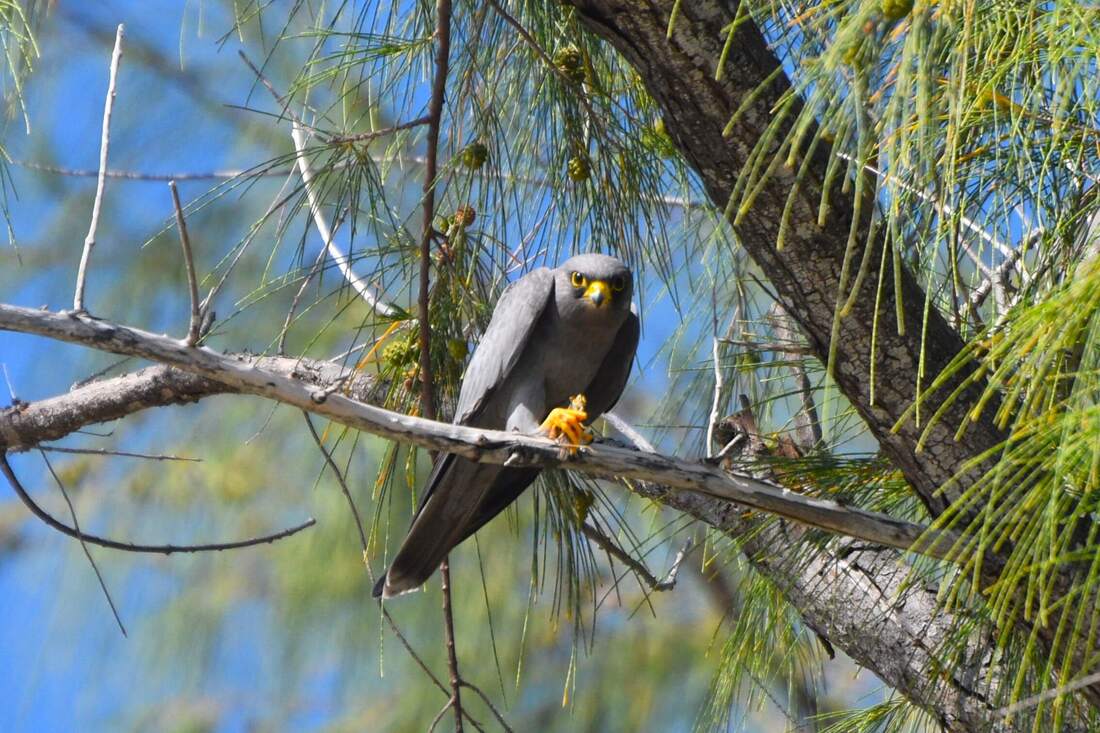
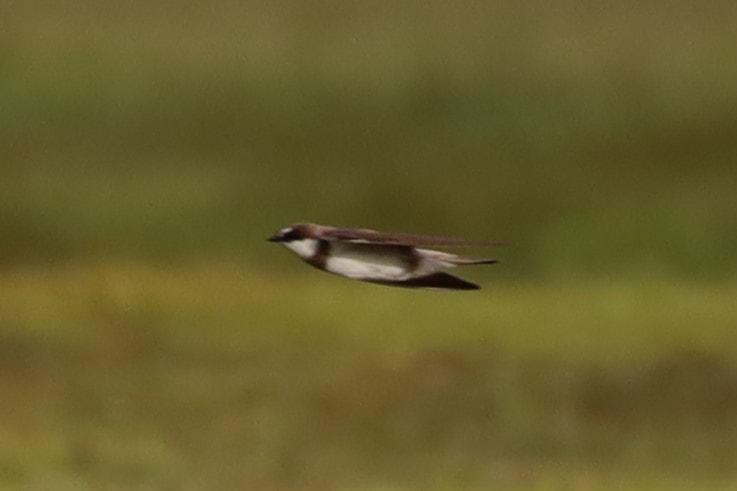
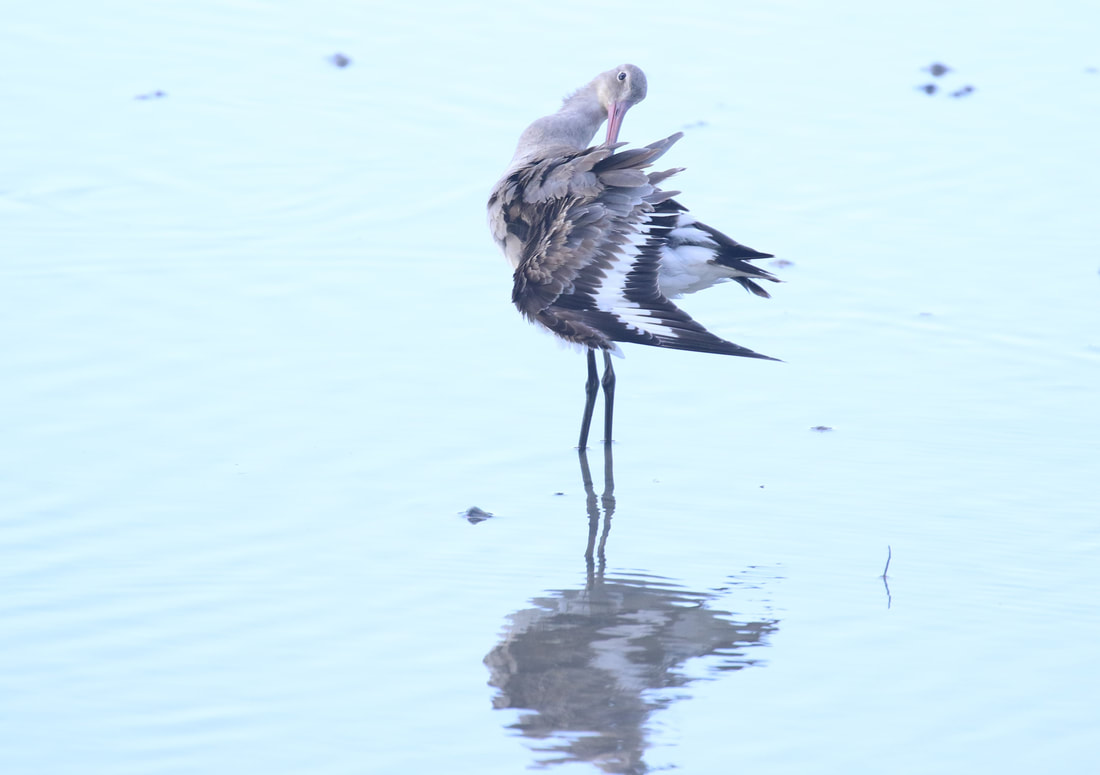
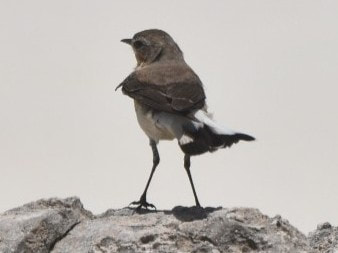
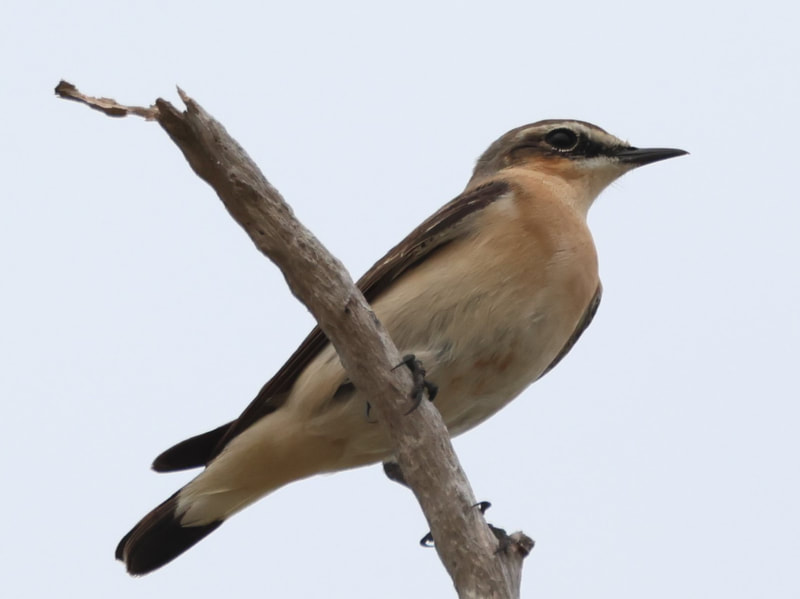
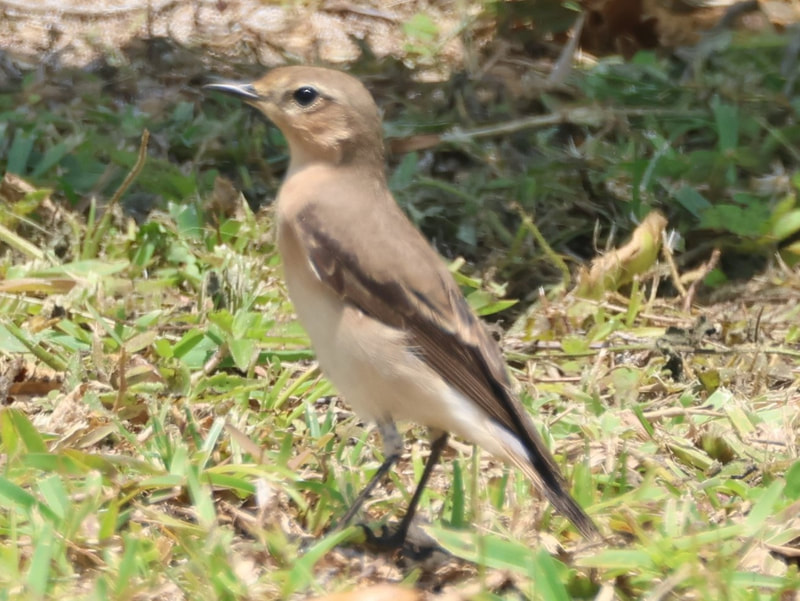
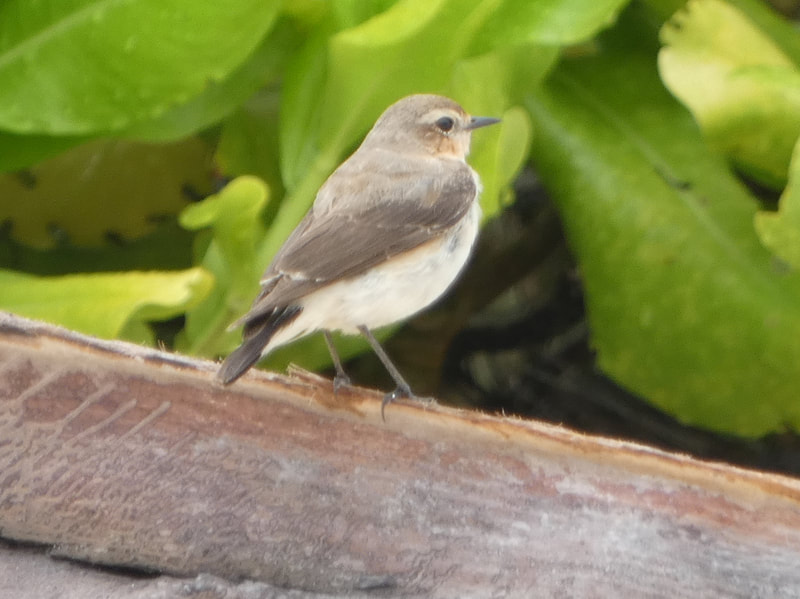
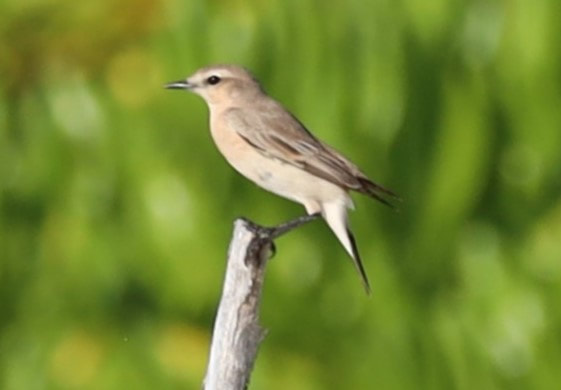

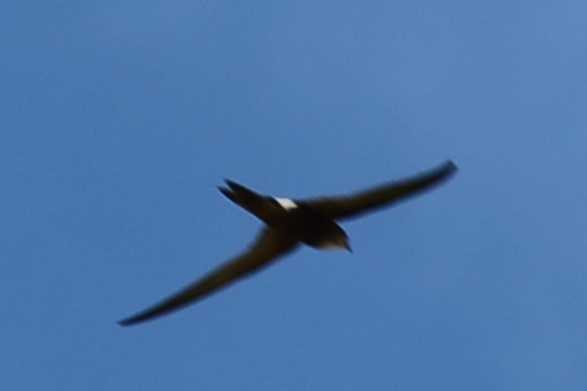
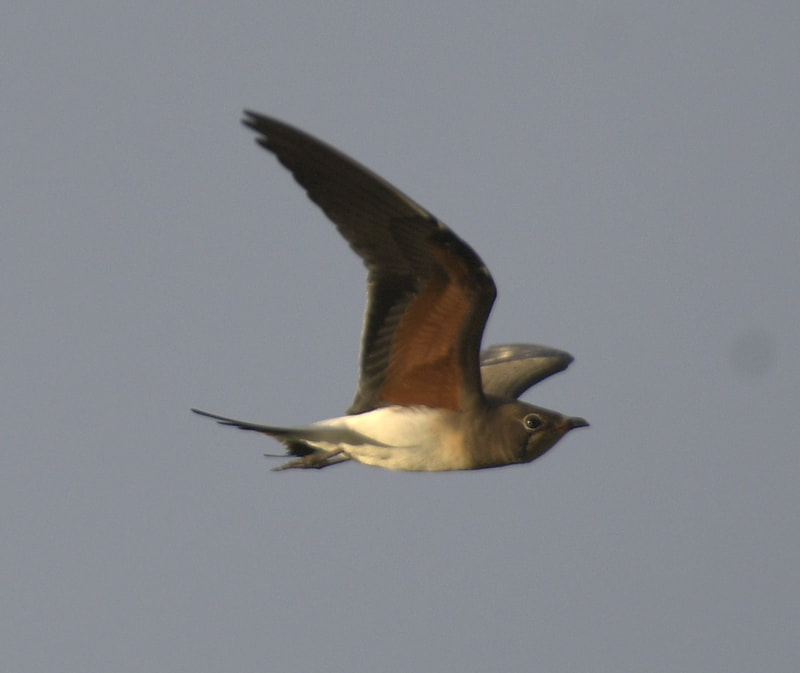
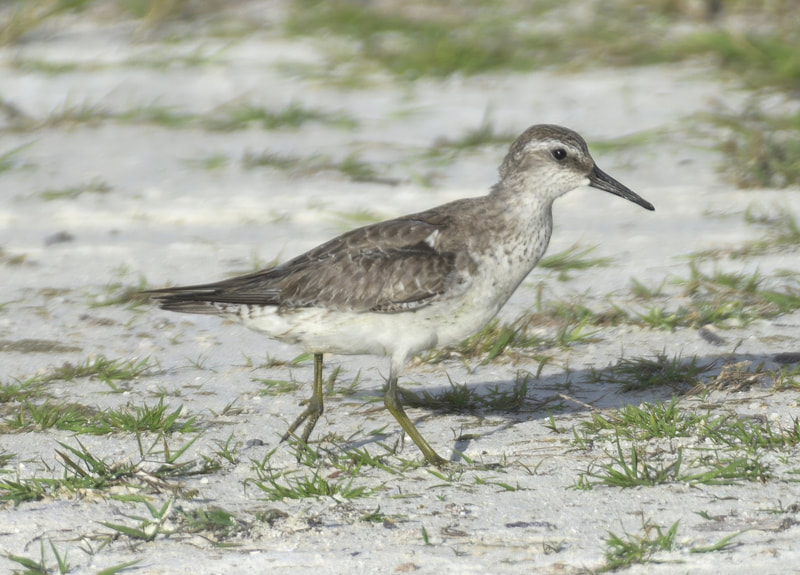
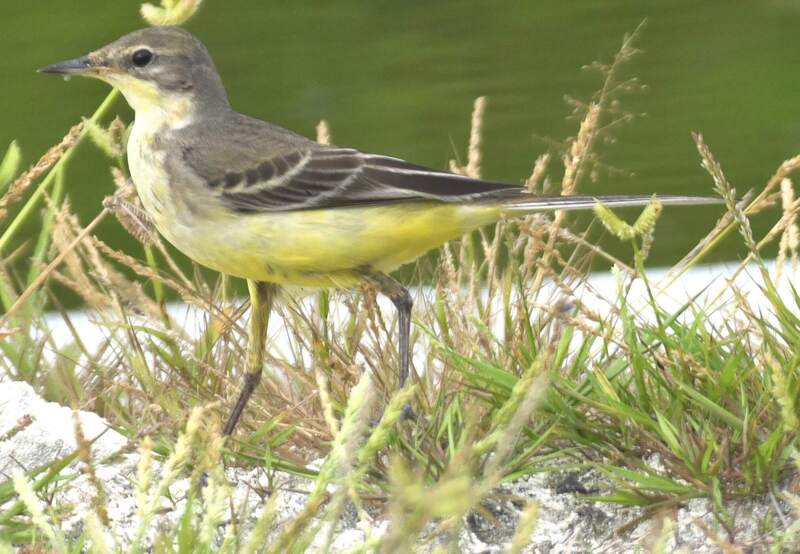
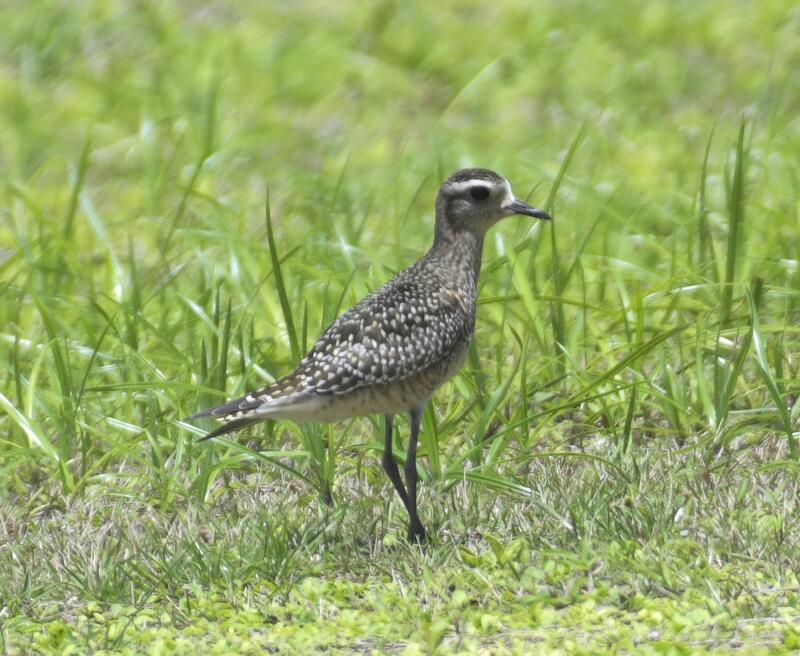
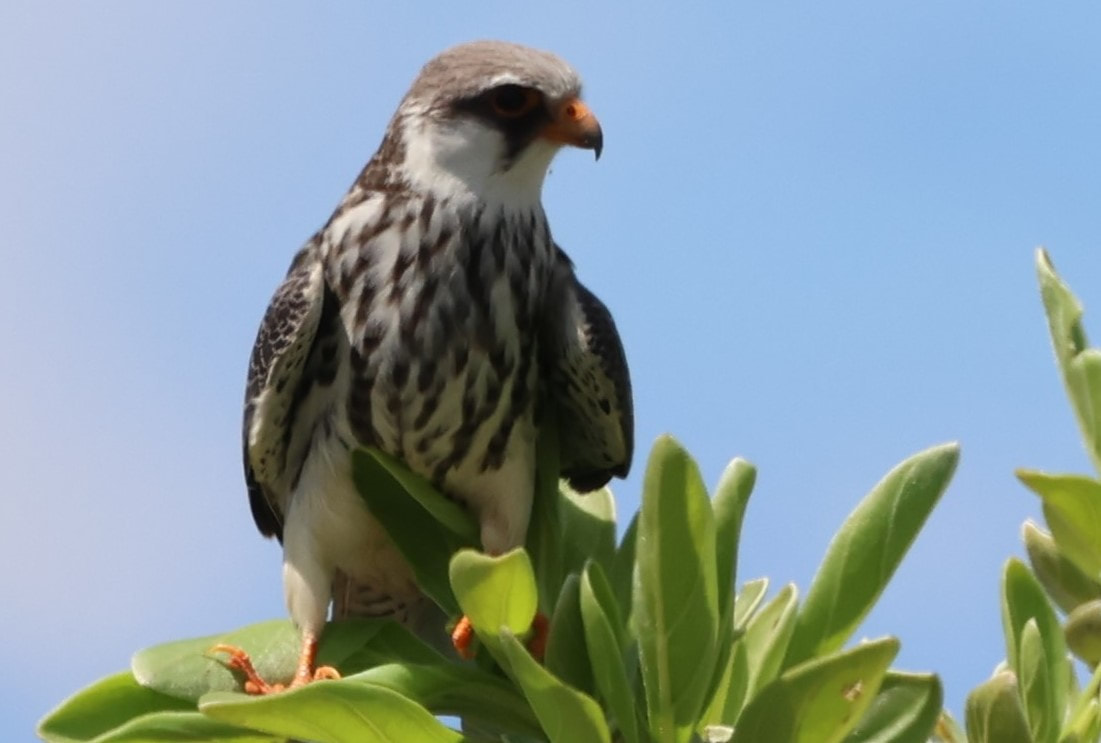
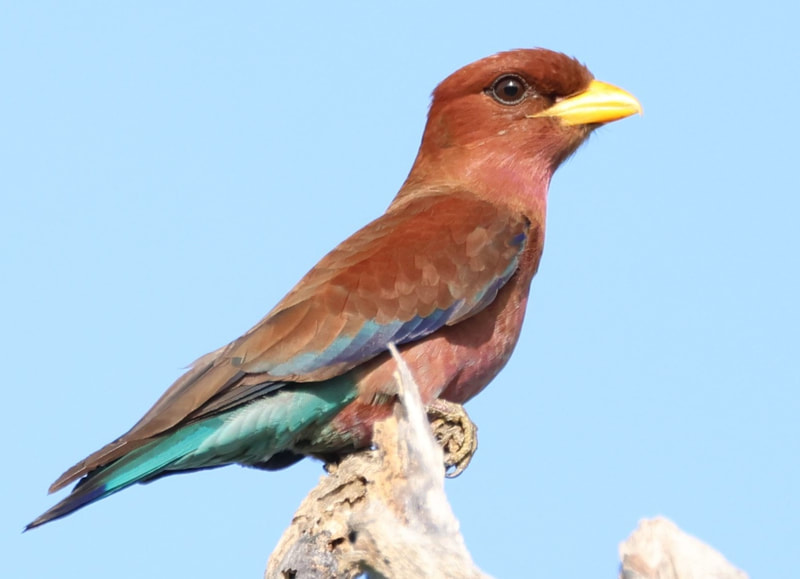
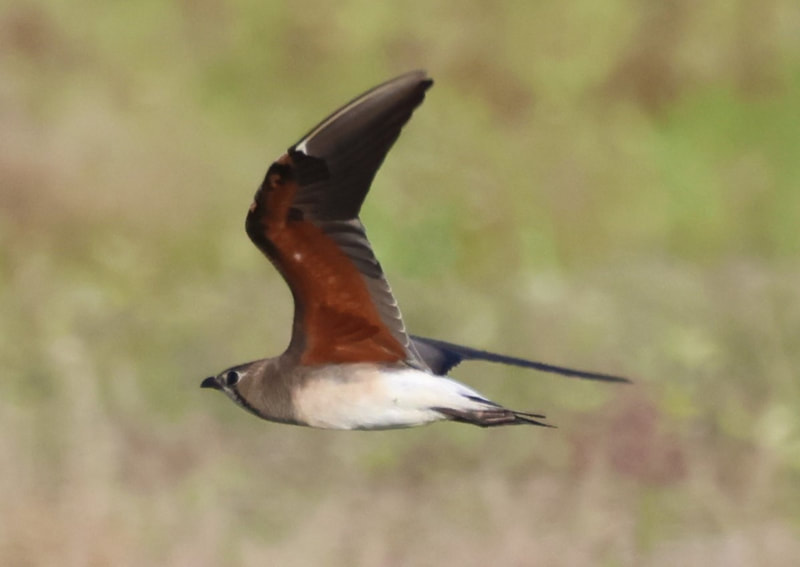
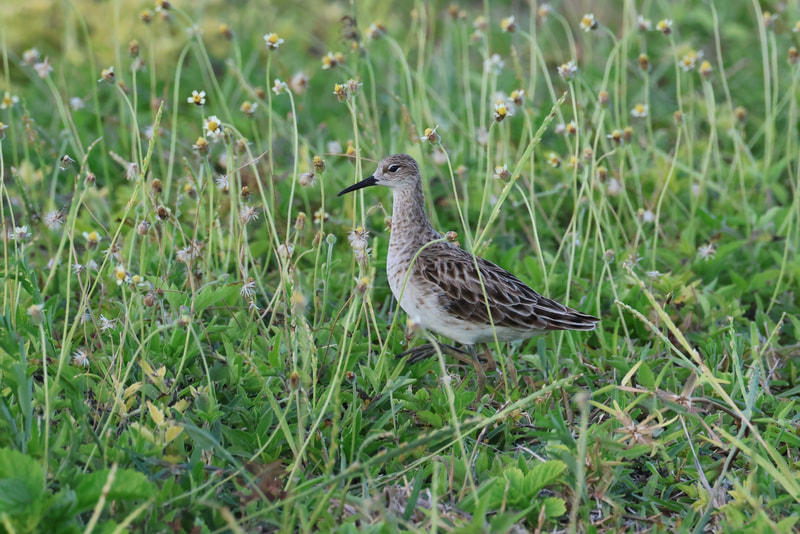
 RSS Feed
RSS Feed
